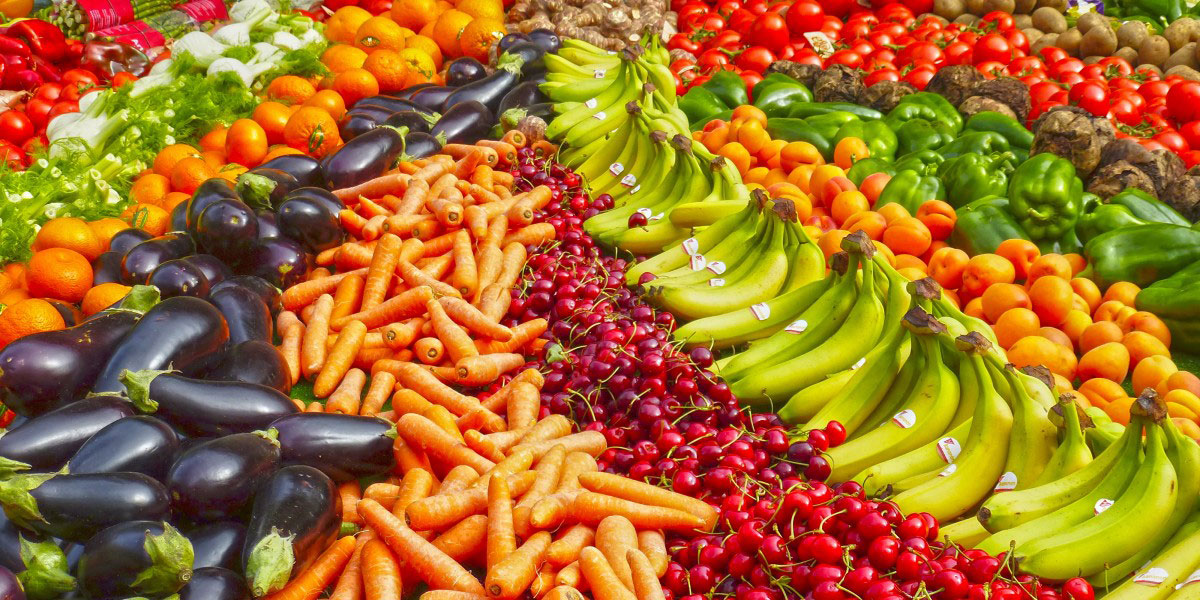
While it is already known through previous research that United States consumers each waste about a pound of food each day, a new report published Aug. 21 by the National Academies of Science, Engineering, and Medicine (NASEM) says this food waste is driven by both individual choices and by a system that leads consumers toward choices that ultimately result in such waste.

Co-authored by Jennifer Otten of the University of Washington School of Public Health, a food systems expert, the report addresses reducing food waste at the consumer level by identifying key factors that drive consumer behavior – such as individual choices, food marketing, government policy and the media – and providing guidance on intervention strategies and national policy. Recommendations presented in the report include creative approaches to retailer marketing and food service practices such as offering smaller carts in grocery stores to reduce overbuying; federal standardization of food date labeling; and a national campaign to provide everyday tips to consumers and reach them during “teachable moments.”
One such moment is happening right now, as the COVID-19 pandemic continues to strain the U.S. economy and increase food insecurity, and as disruptions in the supply chain and closures of restaurants and other food businesses have increased waste.
NASEM assembled the Committee on a Systems Approach to Reducing Consumer Food Waste to conduct research and write the report, called A National Strategy to Reduce Food Waste at the Consumer Level. Otten, an associate professor of environmental and occupational health sciences and core faculty member of the Nutritional Sciences Program at the UW School of Public Health, was a member of the committee.
“What is unique about this report is that it reviews and makes sense of the current evidence on the drivers of consumer food waste and assesses what interventions have worked or might work,” said Otten. “It was clear from the evidence that a multifaceted strategy with coordinated action from all actors in our food system is needed to give consumers better choices to prevent and reduce waste.”
To change consumer behavior, committee members proposed a strategy with three primary pathways:
- Changing the U.S. food environment to discourage waste by consumers;
- Strengthening consumers’ motivation, opportunity and ability to reduce food waste; and
- Applying research findings and technology to support consumers in food waste reduction.
This systems-based approach builds on existing efforts by various stakeholders and includes recommendations for these partners whose participation will be integral to a coordinated national effort to reduce food waste at the consumer level.
Among the report’s recommendations highlighted recently in a NASEM news release are:
- Manufacturers, retailers, restaurants and other food service venues should develop promotions and/or in-store cues that prioritize buying the right amount and a variety of products including those that are frozen or canned. Stores can consider providing smaller carts or baskets to reduce overbuying, cafeterias can remove trays so consumers select less food, and restaurants can offer smaller portions and redesign buffets to discourage waste.
- Industry, consumers and nonprofits should advocate for federal legislation to standardize date labeling on packaged food. While most date labels convey a manufacturer’s best guess at how long a product will remain at peak quality, studies have shown consumers often mistake date labels for expiration or safety dates, and discard food that is still safe to eat.
- State and local governments should institute policies to reduce food waste, such as charging garbage fees based on the amount of waste a household produces, with support from the U.S. Environmental Protection Agency (EPA) and others.
- The Winning on Reducing Food Waste Initiative, an interagency effort to improve coordination and communication on food waste, should be expanded and create a national behavior change campaign to inform the public about the environmental, economic and social benefits of reducing food waste, as well as provide easy, everyday tips for reducing food waste.
- Professional organizations work with food influencers, including social media personalities and cooking show hosts, to promote food literacy and waste reduction on their platforms.
- Nongovernment organizations and government agencies should provide K-12 schools and colleges with tools to help students learn about the impact of food waste.
Any promising approaches to reducing food waste will need to be further evaluated as they are implemented in different settings and populations, according to the report, and this evaluation should be a priority for future food waste research.
“Consumer food waste contributes to the depletion of natural resources, squander of labor, degradation of the environment and increasing costs to consumers,” Otten said. While some food waste is hard to avoid, “there are so many opportunities to help consumers do better,” she added.
The report was sponsored by the Foundation for Food and Agriculture Research and the Walmart Foundation. The consumer food waste committee was chaired by Barbara O. Schneeman, professor emerita of the University of California, Davis. Other committee members are Cait Lamberton, Laura C. Moreno, Roni Neff, Richard E. Nisbett, Brian E. Roe, Christopher M. Shea, Tammara Soma and Gail Tavill.
